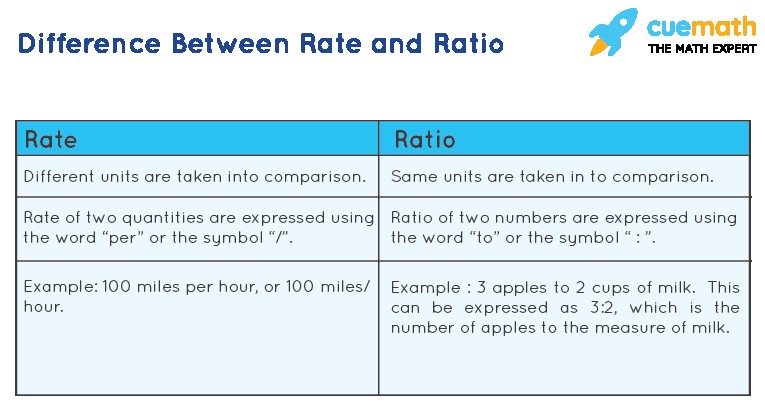A rate is a mathematical concept used to compare two different quantities with dissimilar units. It’s expressed as a ratio, showing the relationship between the two quantities. A common example is speed, measured in miles per hour (mph) or kilometers per hour (kph), comparing distance traveled to the time taken. This article explores the definition of a rate, how it differs from a ratio, and how it’s calculated.
Defining “A Ratio That Compares Two Different Units”
A rate fundamentally compares two measurements with different units. The keyword here is “different.” Unlike a ratio, which compares quantities with the same unit (like the ratio of boys to girls in a class), a rate deals with distinct units. The comparison is expressed as a fraction or using the word “per,” indicating “for each” or “for every.”
Unit Rates: Simplifying the Comparison
A unit rate simplifies a rate by comparing a quantity to a single unit of another quantity. This means the denominator in the rate is always 1. Miles per hour is a unit rate because it expresses the distance traveled for every one hour. Other examples include price per pound, words per minute, and gallons per mile. Unit rates facilitate easy comparison and understanding of different rates.
Distinguishing Between Rates and Ratios
While both involve comparisons, rates and ratios are distinct:
 Difference Between Rate and Ratio
Difference Between Rate and Ratio
- Rates: Compare different units (e.g., miles per hour, price per ounce).
- Ratios: Compare same units (e.g., boys to girls, red marbles to blue marbles). They can be simplified but don’t necessarily have a denominator of 1.
Calculating Rates
Calculating a rate involves dividing one quantity by the other, ensuring the units are clearly stated. For example, if a car travels 200 miles in 4 hours, the rate is calculated as:
Rate = Distance / Time = 200 miles / 4 hours = 50 miles/hour
To find a unit rate, ensure the denominator is 1. If a product costs $10 for 2 pounds, the unit rate (price per pound) is:
Unit Rate = Price / Weight = $10 / 2 pounds = $5/pound
Examples of Rates in Everyday Life
Rates are prevalent in numerous aspects of daily life:
- Speed: Miles per hour, kilometers per hour.
- Fuel Efficiency: Miles per gallon, kilometers per liter.
- Pricing: Price per pound, price per ounce, cost per item.
- Work Rate: Words per minute, tasks per hour.
Conclusion: Understanding Rates for Better Comparisons
Understanding rates allows for informed decisions and comparisons across various scenarios. From calculating travel time to comparing prices at the grocery store, a firm grasp of “A Ratio That Compares Two Different Units” is essential for navigating everyday life and making sense of the world around us.